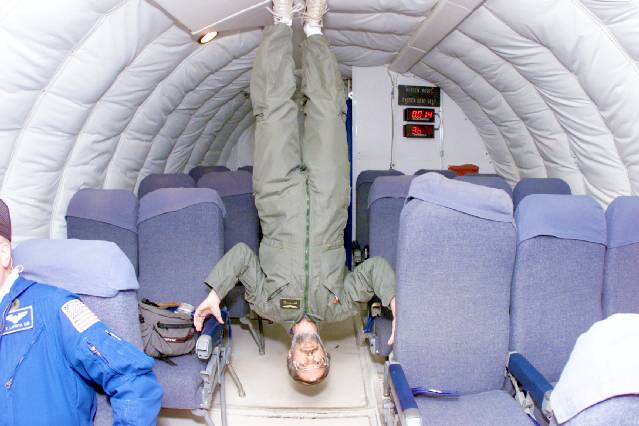Can the human body survive the rigors of long-term space travel — or even permanent residence away from Earth?

“NASA wants to send people to the moon and Mars without killing them, or them killing each other,” says Mark Shelhamer, an associate professor of otolaryngology who spent two years as the chief scientist or NASA’s human research program.
Considering the space agency’s timeline for those destinations — returning to the moon by 2024 and arriving on Mars a decade later — an answer to that question is needed now.
Learn about how Hopkins is helping ensure future astronauts — and other space travelers — survive and thrive in the Summer 2019 issue of Johns Hopkins Magazine.
“With a world-class medical school, strong engineering program, the [Johns Hopkins] Applied Physics Laboratory, and the school of arts and sciences, we can hit the major human health and performance issues, and do it in an integrative cross-disciplinary way,” Shelhamer told the magazine. He’s working to create a Center for Space Life Sciences at Hopkins that would build upon the university’s existing space studies program, Space@Hopkins, directed by astrophysicist Charles Bennett, but focus specifically on human and biological space science.
Funding for such an effort, however, is difficult to find, explains writer Laura Wexler in the article. NASA’s budget for human health and performance research is minuscule compared to that of the National Institutes of Health, and the impact of such work is — for now — small in comparison with other health topics.
Header photo by Patrik László via Unsplash